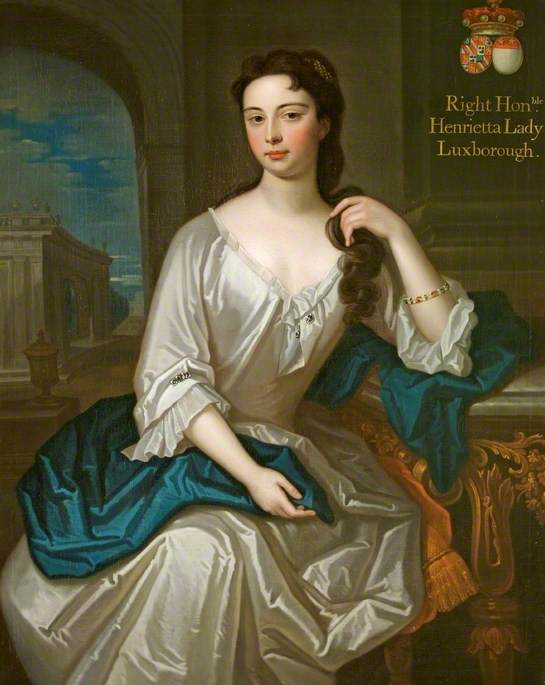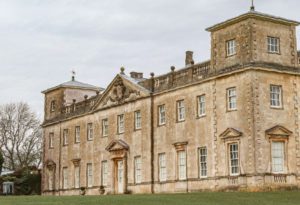Love at Lydiard Part 2
Local historian Frances Bevan in her Good Gentlewoman blog once sagely observed that the St John men did not make good husbands, which means that when one is looking for Lydiard love stories to celebrate the Valentine season, they can be somewhat thin on the ground. Not many of the St John women had better luck either, including Henrietta Knight nee St John, who was born on 15 July 1699, the only daughter of Henry, Viscount St John, by his second wife, Angelica Magdalena.
Henrietta spent her childhood summers at Lydiard Park where there are three portraits of her. On 10 June 1727, she married Robert Knight (1702–1772), later Baron Luxborough but the marriage ran into immediate trouble when she was suspected of having an affair with her London physician, Dr Charles Peters. A few years later her husband accused her of a second affair, this time with a young cleric called John Dalton who was a tutor in the household of her friend Frances Seymour, countess of Hertford. Knight claimed that Henrietta gave birth to Dalton’s child in 1736. In that year he arranged a separation order from his wife, having found a love letter from her to Dalton. Under the arrangement, she was obliged to live on £500 a year at Barrells, Ullenhall, a Knight estate in a remote part of Warwickshire, never to see her children, or to visit London and Bath.
Henrietta always maintained that her relationship with Dalton had been no more than a “platonic passion” but she could not persuade Knight to reconcile. Given that he was in no way a model of fidelity and decorum this was yet another example of 18th century double standards on display.

Verelst, Maria; Henrietta St John (1699-1756), Lady Luxborough, Sister of John St John, 2nd Viscount St John; Lydiard House; http://www.artuk.org/artworks/henrietta-st-john-16991756-lady-luxborough-sister-of-john-st-john-2nd-viscount-st-john-65296
At Barrells Henrietta, who like her grandmother Lady Johanna had a passion for gardening, created a ferme ornée, an ornamental garden laid out as much for pleasure as for foos production. She grew many rare plants and kept exotic birds and wild. Henrietta was slowly accepted into society as visitors came to view the gardens at Barrells. She also became a part of a literary circle called the Warwickshire Coterie with the poet William Shenstone, Richard Jago, William Somervile and others. In their literary circle she was known as Asteria, a name from Greek Mythology meaning “of the stars.”
Some of her poems were published after her death in 1775 and here, in honour of Valentine’s Day and Henrietta’s Lydiard connections, is a love song that she wrote in the winter of 1745. You can read more about Henrietta in Frances Bevan’s book The Ladies of Lydiard.
THE sun, his gladsome beams withdrawn,
The hills all white with snow,
Leave me dejected and forlorn!
Who can describe my woe?
But not the sun’s warm beams could cheer.
Nor hills, tho’ e’er so green,
Unless my Damon should appear,
To beautify the scene.
The frozen brooks and pathless vales,
Disjoin my love and me!
The pining bird his fate bewails
On yonder leafless tree!
But what to me are birds or brooks
Or any joy that’s near?
Heavy the lute, and dull the books,
While Damon is not here!
The Laplander, who, half the year,
Is wrapt in shades of night,
Mourns not, like me, his winter drear;0Nor wishes more for light.
But what were light without my love,
Or objects e’er so fine?
The flowery meadow, field, of grove,
If Damon be not mine?
Each moment, from my dear away,
Is a long age of pain;
Fly swift, ye hours, be calm the day,
That brings my love again!
O haste and bring him to my arms;
Nor let us ever part:
My breast shall beat no more alarms,
When I secure his heart.
